Discover Tuyet Diem Salt Village – A 150-Year-Old Heritage of Vietnam
Nestled in Phu Yen Province, Tuyet Diem is one of Vietnam’s oldest salt-making villages, with a history stretching back more than 150 years. What makes Tuyet Diem’s roasted salt special is that nearly all production steps are done by hand. At its peak, dozens of households worked in the trade, but now only 4 families with 5 kilns remain.

To avoid the scorching daytime heat, salt farmers in Tuyet Diem work through the night. This traditional “salt-roasting” process purifies the salt, giving it a clean, rich flavor—salty but not bitter. Precisely at midnight, while most are fast asleep, the village kilns come alive with activity.

The coarse salt, after being harvested from the fields, is placed into clay pots and moved into the kiln. On average, each kiln can roast about 500 pots per night, producing 1.2 to 1.5 tons of finished salt.

Stacking the salt into the kiln requires precision and care. The person in charge must be highly experienced—they know exactly how much salt to use, how to position the pots from top to bottom, large to small, to ensure the salt roasts evenly throughout the batch.
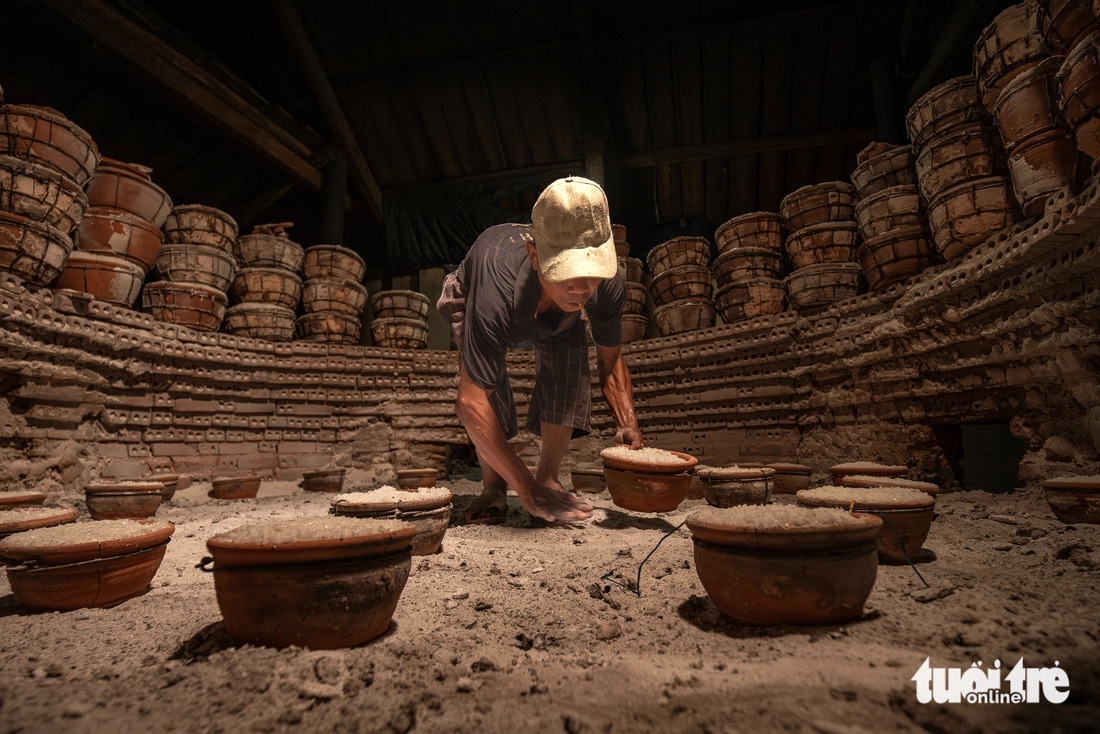
Once the kiln is fully stacked, the worker lights the fire to begin the salt-roasting process.
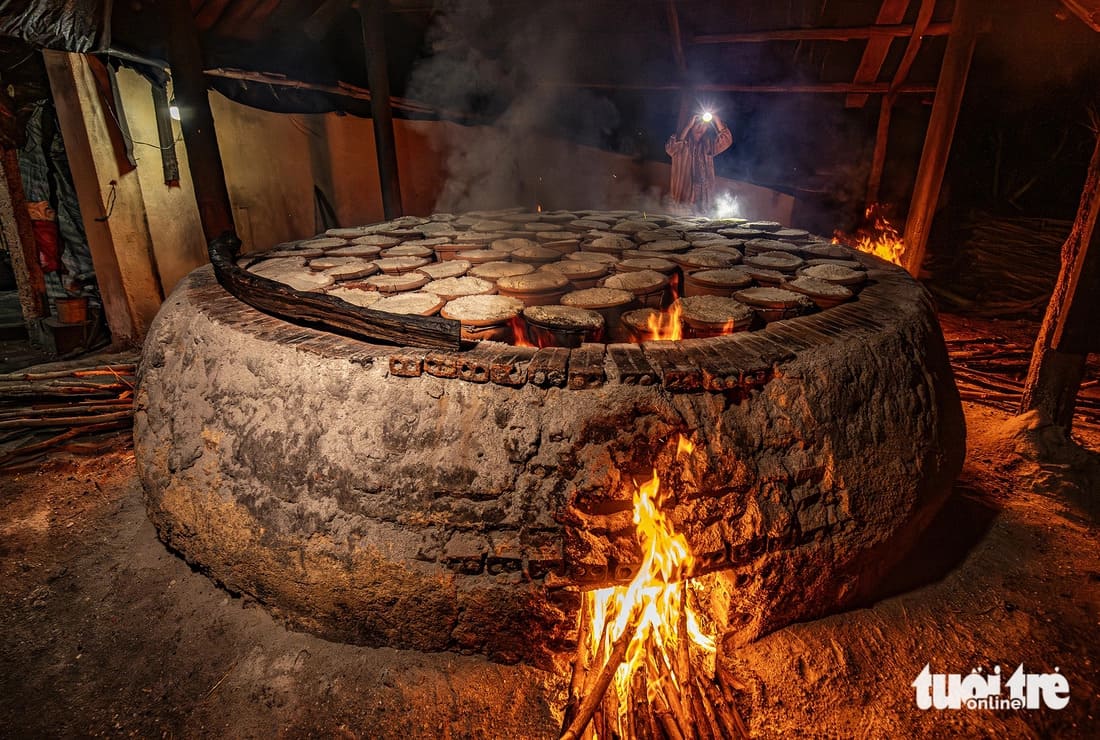
With the charcoal glowing red inside the kiln, the worker spreads more coal evenly across the top to ensure the salt is heated thoroughly and evenly from top to bottom.
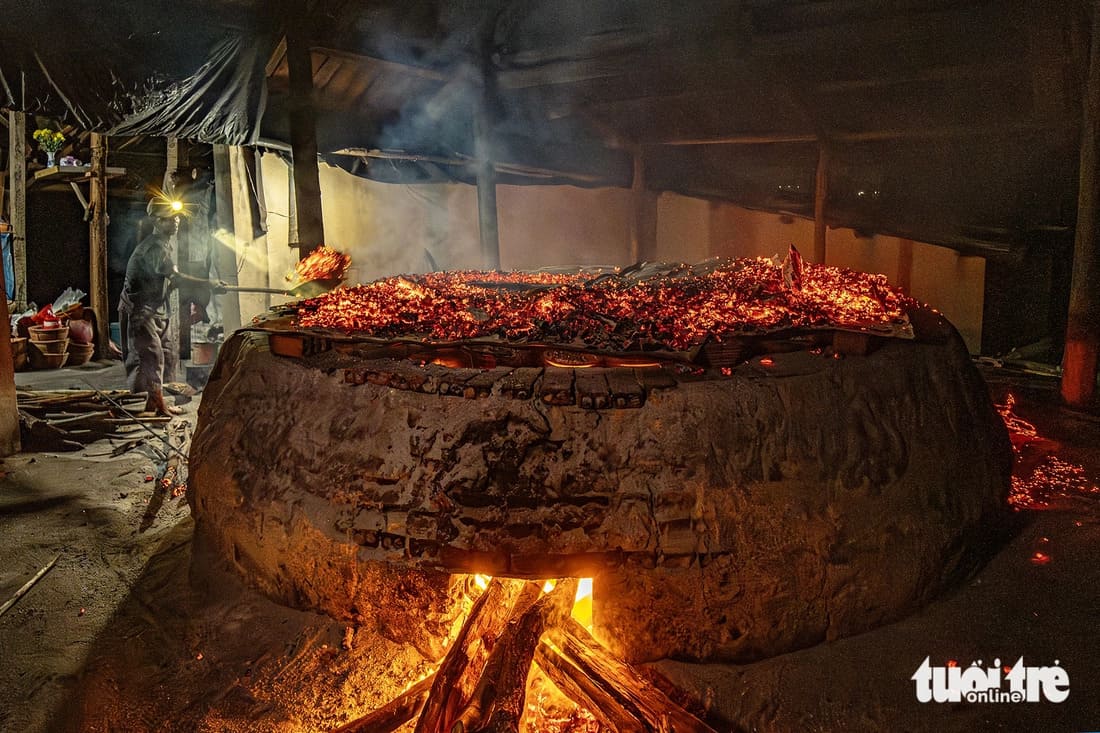
Under the flickering light of their headlamps, they work nonstop—packing the roasted salt into bags while tending the fire to keep the kiln hot enough. This continues until 6 a.m., after which the salt is left to rest until midnight, when the next batch is removed and a new one begins.

For cracked clay pots, they are reinforced to be reused, helping to save costs. Due to the high roasting temperatures, each pot typically lasts for about three batches before needing to be replaced.

While the men stack the salt and tend the fire, outside, the women begin sifting the batch from the previous night. The coarse salt, after being roasted over the glowing fire, has turned into fine, tiny, snow-white grains.
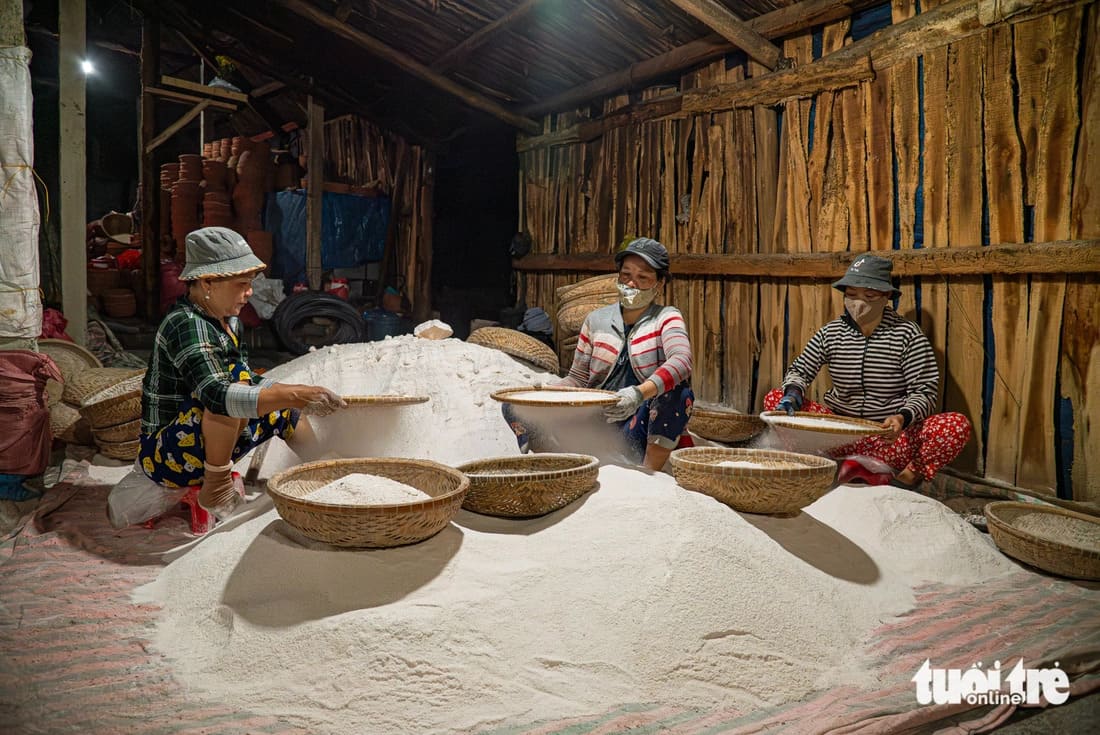
Roasted salt has a mild, clean saltiness without any bitterness. It's tastier than raw salt and can stay dry for up to a year. Thanks to its improved quality, its value increases significantly—while raw salt sells for only 1,500–2,000 VND per kilogram, roasted salt can fetch 6,000–7,000 VND/kg right at the kiln.
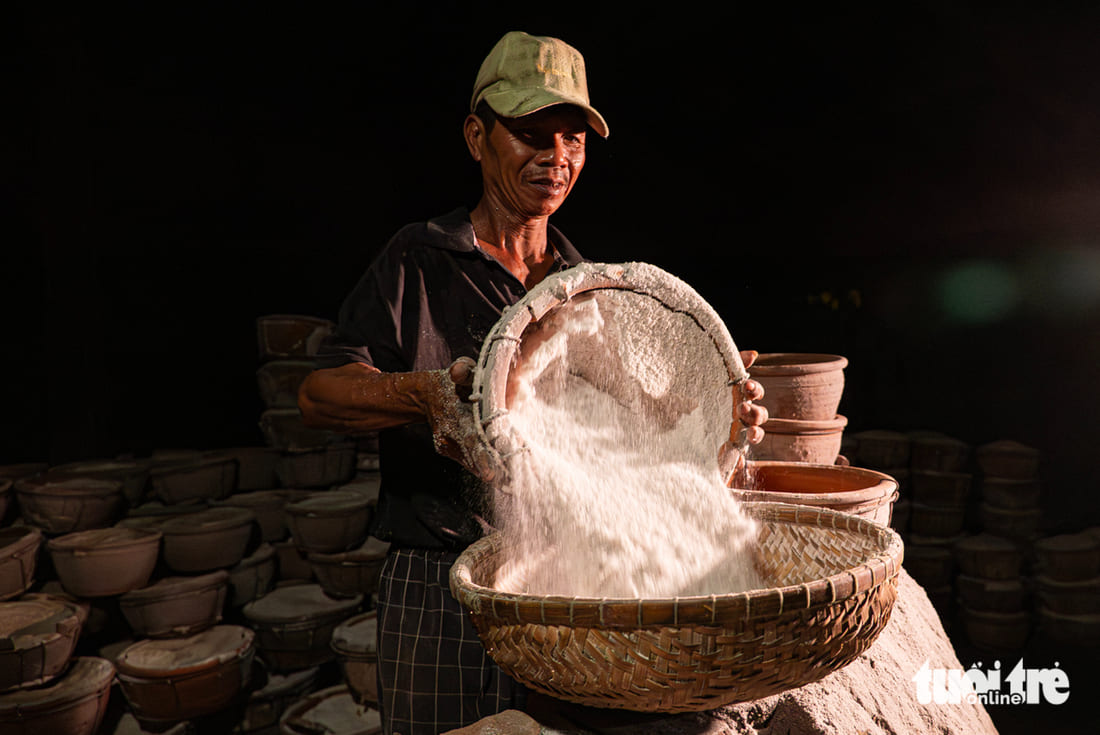
Soon, community-based tourism programs will be launched to bring travelers into the heart of Tuyet Diem’s salt heritage. Visitors will be able to experience the night shift, learn the craft firsthand, and connect with the resilient salt-makers who’ve kept this tradition alive for generations.
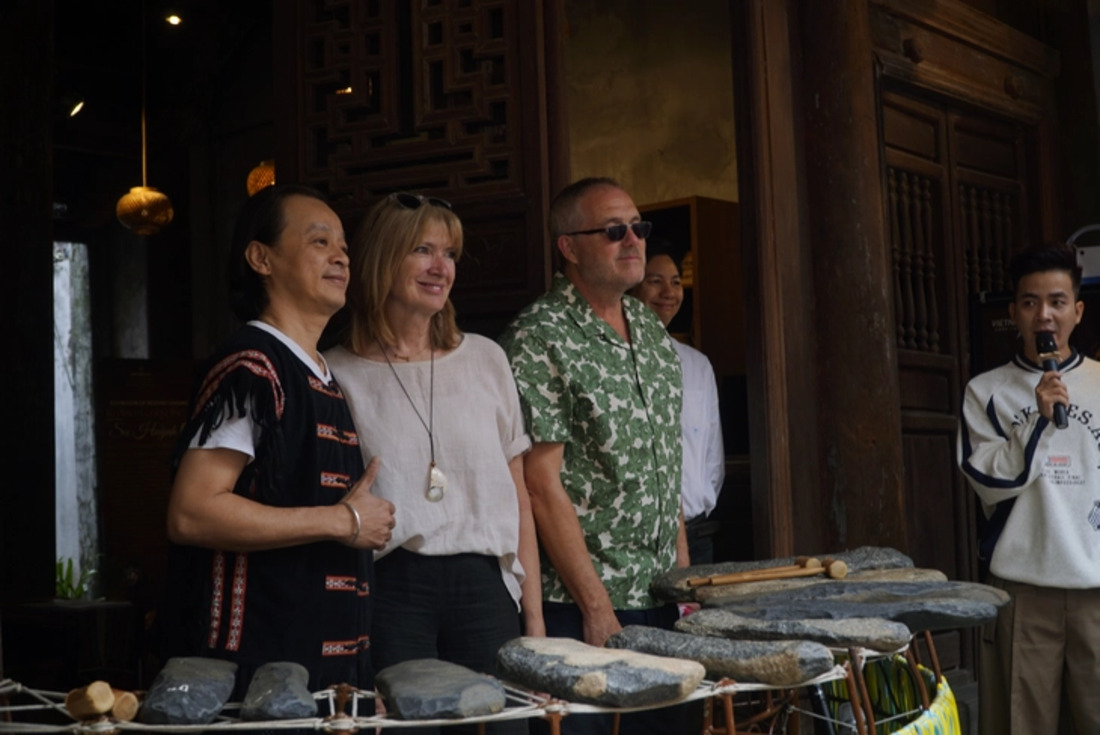

7 Irresistible Reasons to Make Phu Yen Your Next Destination!

The Lively Fishing Village in Phu Yen












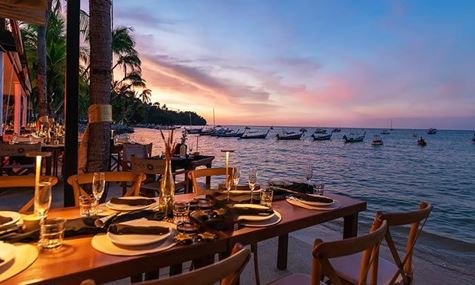


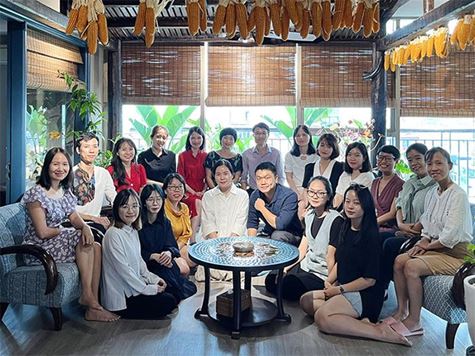

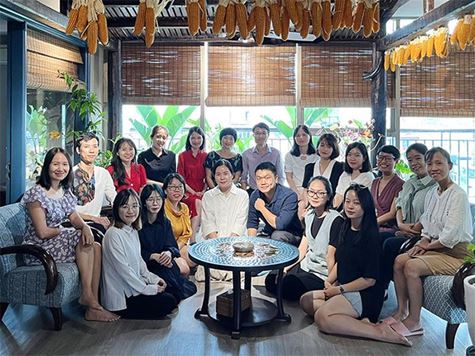

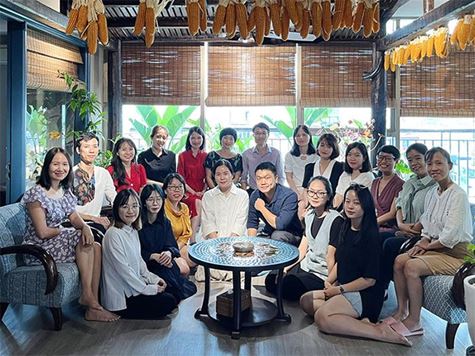

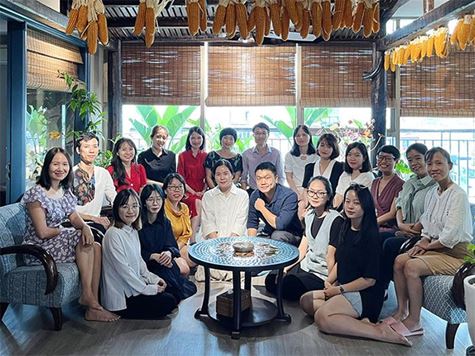

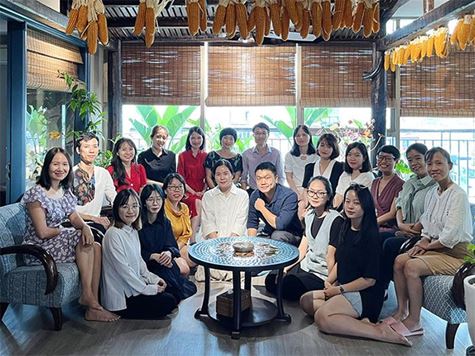

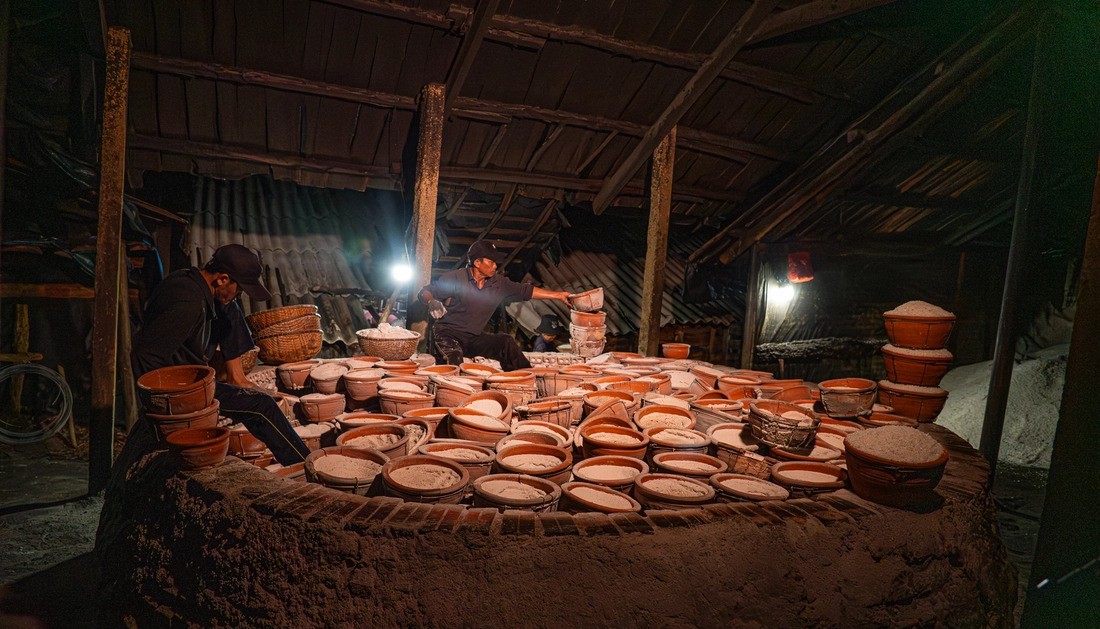

Comments